Hipstory
Extraits
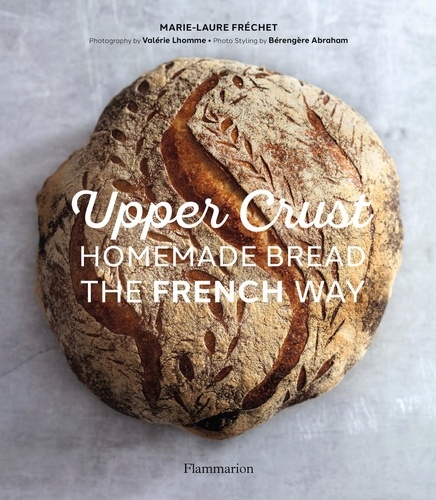
Monographies
Upper Crust : Homemade Bread the French Way. Recipes and techniques
11/2021

Musique classique
Songs of Love. 12 Romances. 12 Lieder. Soprano (tenor) and piano.
12/2023

Décoration
Idées pratiques pour petits espaces
03/2010

Monographies
Dior by John Galliano (édition française). 1997-2011
03/2022
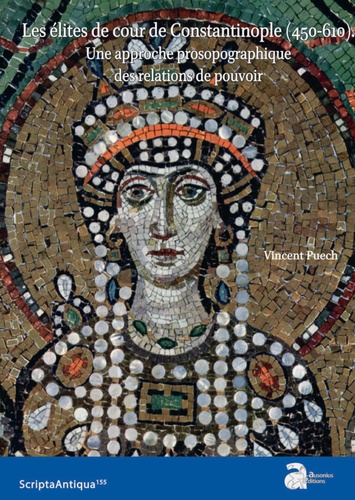
Histoire antique
Les élites de cour de Constantinople (450-610). Une approche prosopographique des relations de pouvoir
04/2022
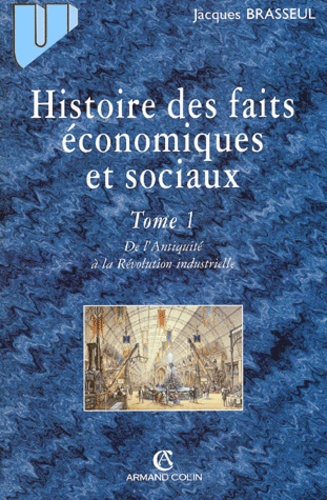
Economie
Histoire des faits économiques et sociaux. Tome 1, De l'Antiquité à la Révolution industrielle
05/2001

Economie
Histoire de l'analyse économique. Tome 2, L'âge classique (1790 à 1870)
01/2004

Beaux arts
Bourdichon's Boston Hours
09/2021
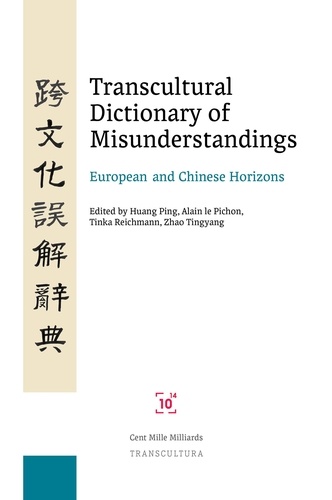
Cerveau et psychologie
Transcultural Dictionary of Misunderstandings. European and Chinese Horizons
07/2022

Récits de voyage
Venise. Vues dessinées, Edition bilingue français-anglais
10/2021
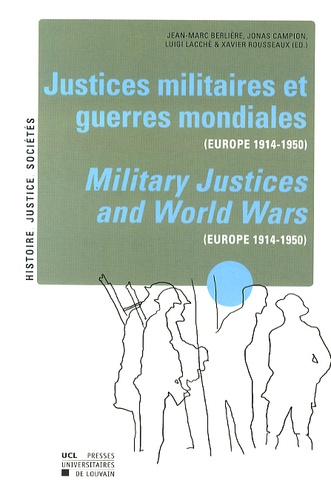
Droit
Justices militaires et guerres mondiales (Europe 1914-1950)
02/2014

Economie
Histoire de l'analyse économique. Tome 1, L'âge des fondateurs (Des origines à 1790)
01/2004

Economie
Histoire de l'analyse économique. Tome 3, L'âge de la science (de 1870 à Keynes)
01/2004
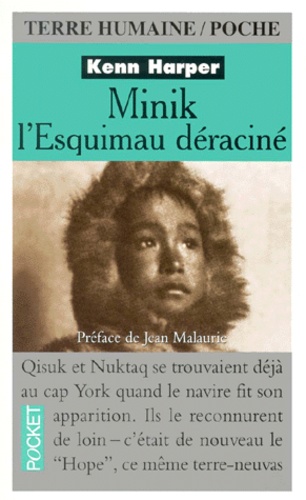
Ethnologie
Minik, l'esquimau déraciné. "rendez-moi le corps de mon père !"...
12/1999

Histoire internationale
Les vaincus. Violences et guerres civiles sur les décombres des empires 1917-1923
09/2017
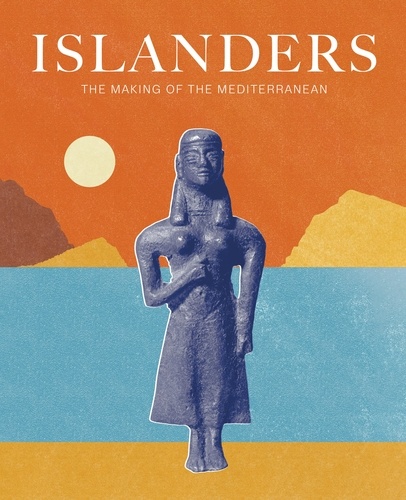
Monographies
Islanders. The Making of the Mediterranean
04/2023
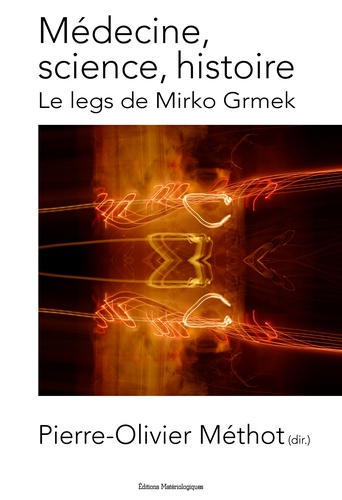
Généralités médicales
Médecine, science, histoire. Le legs de Mirko Grmek
04/2019
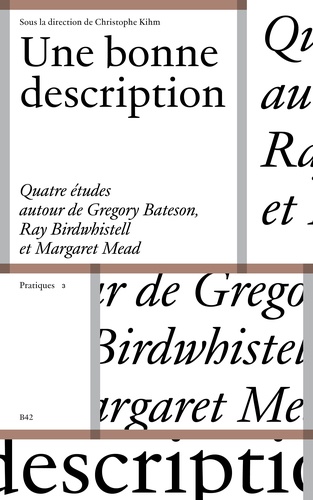
Communication - Médias
Une bonne description. Quatre études autour de Gregory Bateson, Ray Birdwhistell et Margaret Mead
04/2024

Amérique du sud
South America. 15th edition
06/2022
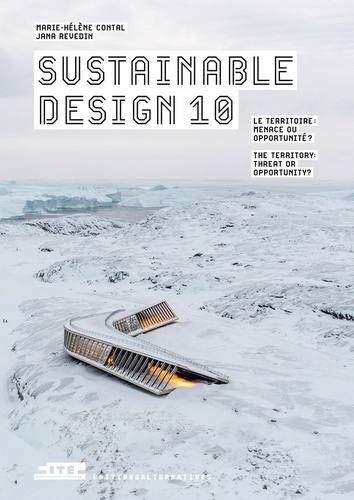
Architecture
Sustainable Design. Tome 10, Le territoire : menace ou opportunité ? Edition bilingue français-anglais
10/2023

Histoire des sciences
Histoire de la recherche contemporaine Tome 9 N° 2/2020 : L'archéologie entre l'humain et les espaces
06/2021
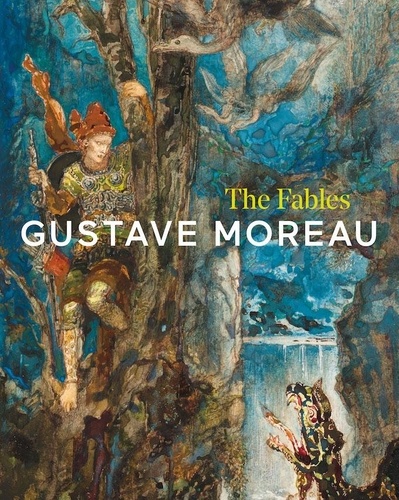
Monographies
Gustave Moreau. The Fables
08/2021
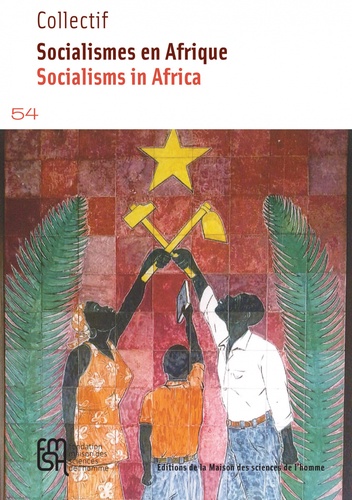
Sciences politiques
Socialismes en Afrique
06/2021

Histoire et Philosophiesophie
The Undergrowth of Science. Delusion, self-deception and human frailty
01/2000
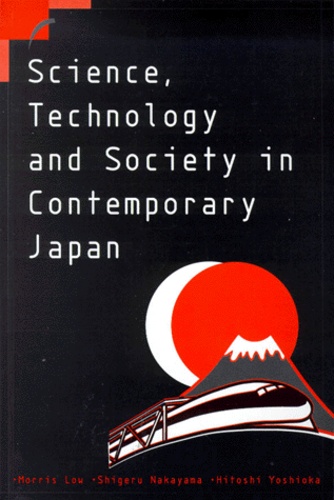
Histoire et Philosophiesophie
SCIENCE, TECHNOLOGY AND SOCIETY IN CONTEMPORARY JAPAN
01/1999

Photographie
Cindy Sherman. La rétrospective
02/2012
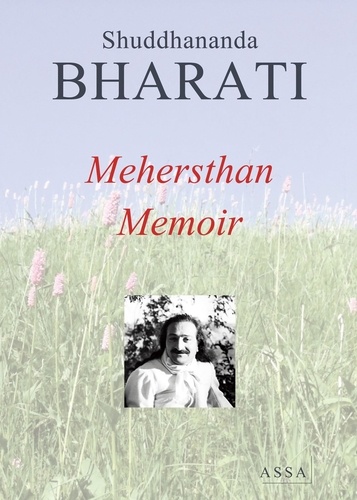
Littérature française
Mehersthan Memoir (Meher Baba)
07/2017
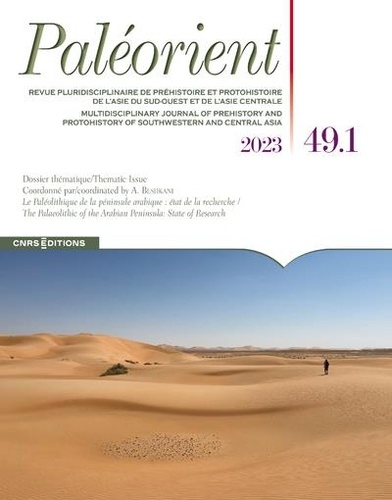
Archéologie
Paléorient 49.1
12/2023
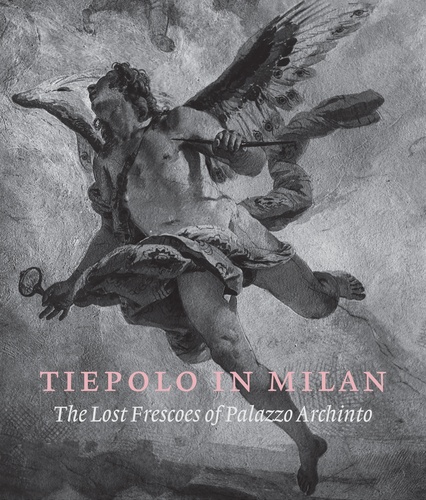
Beaux arts
Tiepolo in Milan. The Lost Frescoes of Palazzo Archinto
04/2019
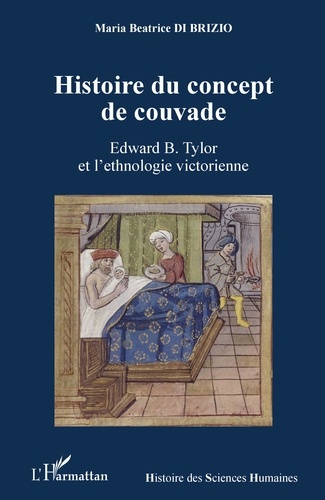
Ethnologie et anthropologie
Histoire du concept de couvade. Edward B. Tylor et l'ethnologie victorienne
03/2021

